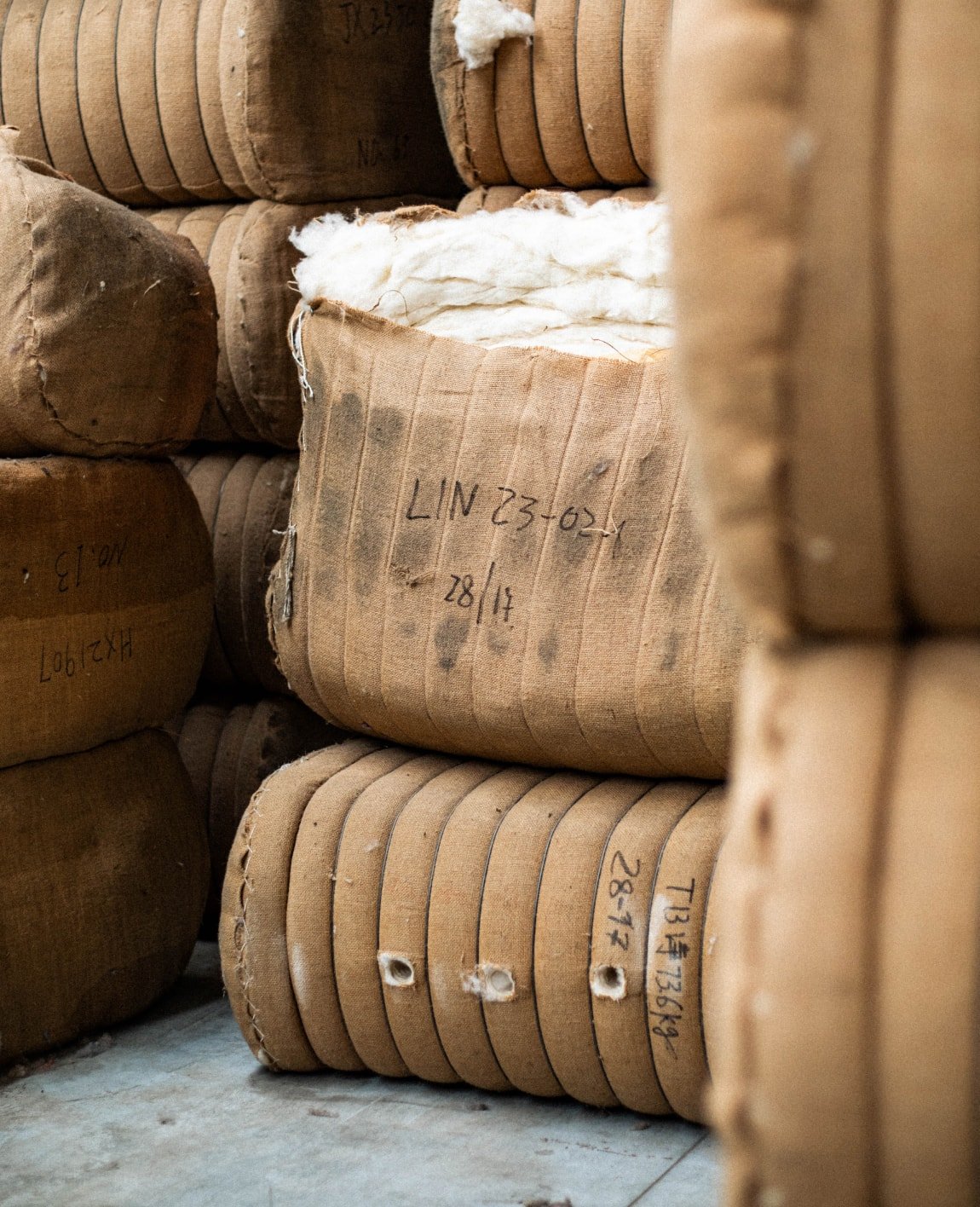Cashmere 101
A closer look at the world’s most remarkable fiber
Few materials earn their reputation like cashmere. Known for its warmth, lightness, and unmistakable softness, it remains one of the world’s most remarkable fibers – and one of the most misunderstood.

What is cashmere?
Cashmere is a natural fiber obtained from the soft undercoat of cashmere goats, most commonly raised in Mongolia, China, Nepal, and northern India. Each spring, the goats naturally shed this fine downy layer, which herders collect through gentle combing rather than shearing. From there, the fibers – each measuring only around 14–16.5 microns in diameter – are cleaned, sorted, and spun into yarn.
That fineness is what sets cashmere apart. It’s significantly thinner than regular wool, giving garments an exceptional balance of insulation and breathability. Its crimped structure traps air, adding natural loft and lightness, while the smooth surface keeps it soft against the skin. It also means better insulation – offering up to three times the warmth at a fraction of the weight.

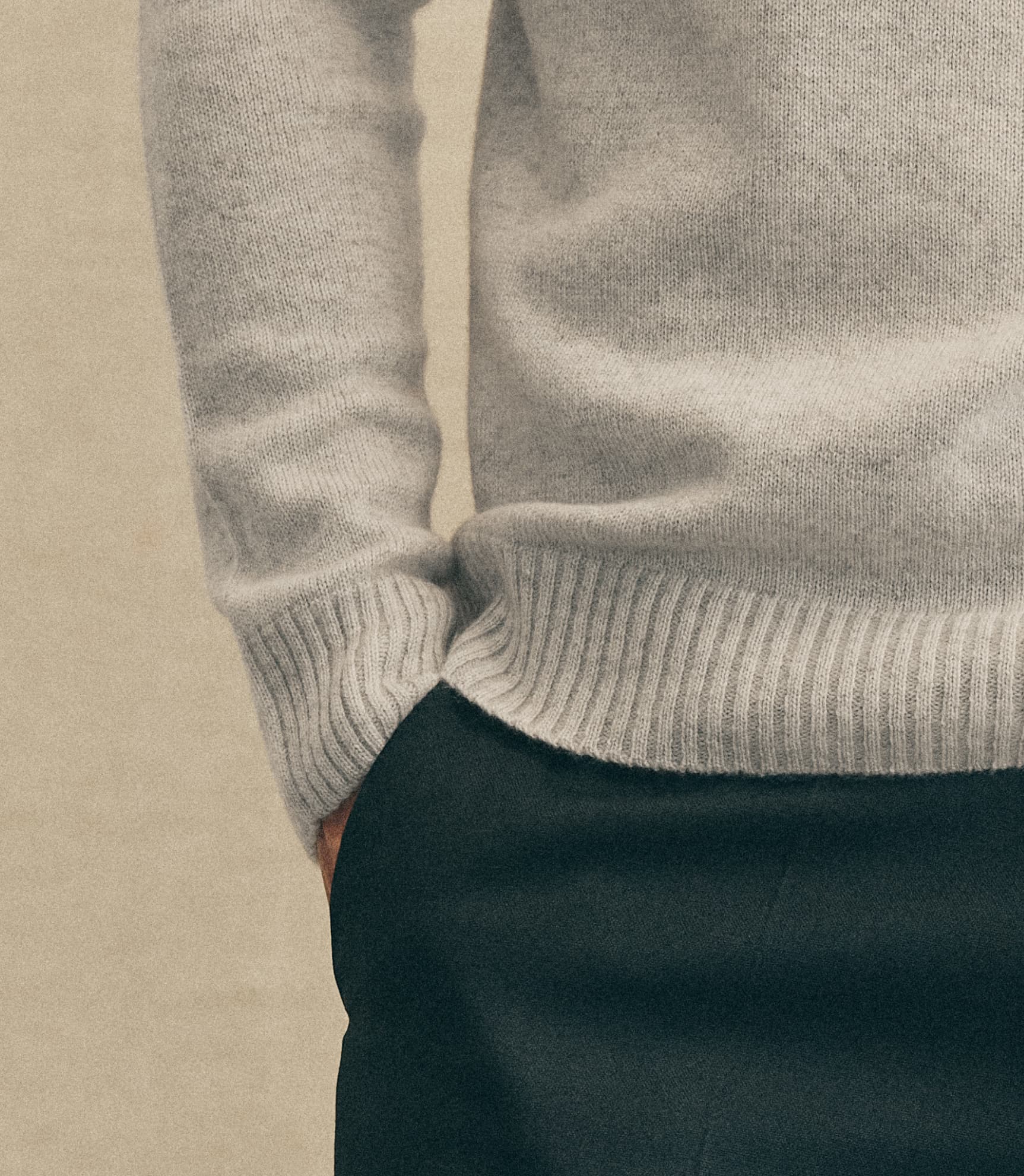
Why cashmere stands out
At its best, cashmere has an unmistakable feel – smooth, supple, and quietly luxurious. It’s elastic enough to move with the body, yet fine enough to drape elegantly. If Merino is the dependable all-rounder, cashmere is the quiet indulgence – warmer, rarer, and softer by nature.
But not all cashmere is created equal. Fiber length, thickness, and origin determine how a garment performs over time. Long-staple, fine cashmere stays soft and strong through years of wear, while shorter fibers tend to pill and lose shape. True quality lies not in fluffiness, but in integrity – the right raw material, handled gently and spun with care.
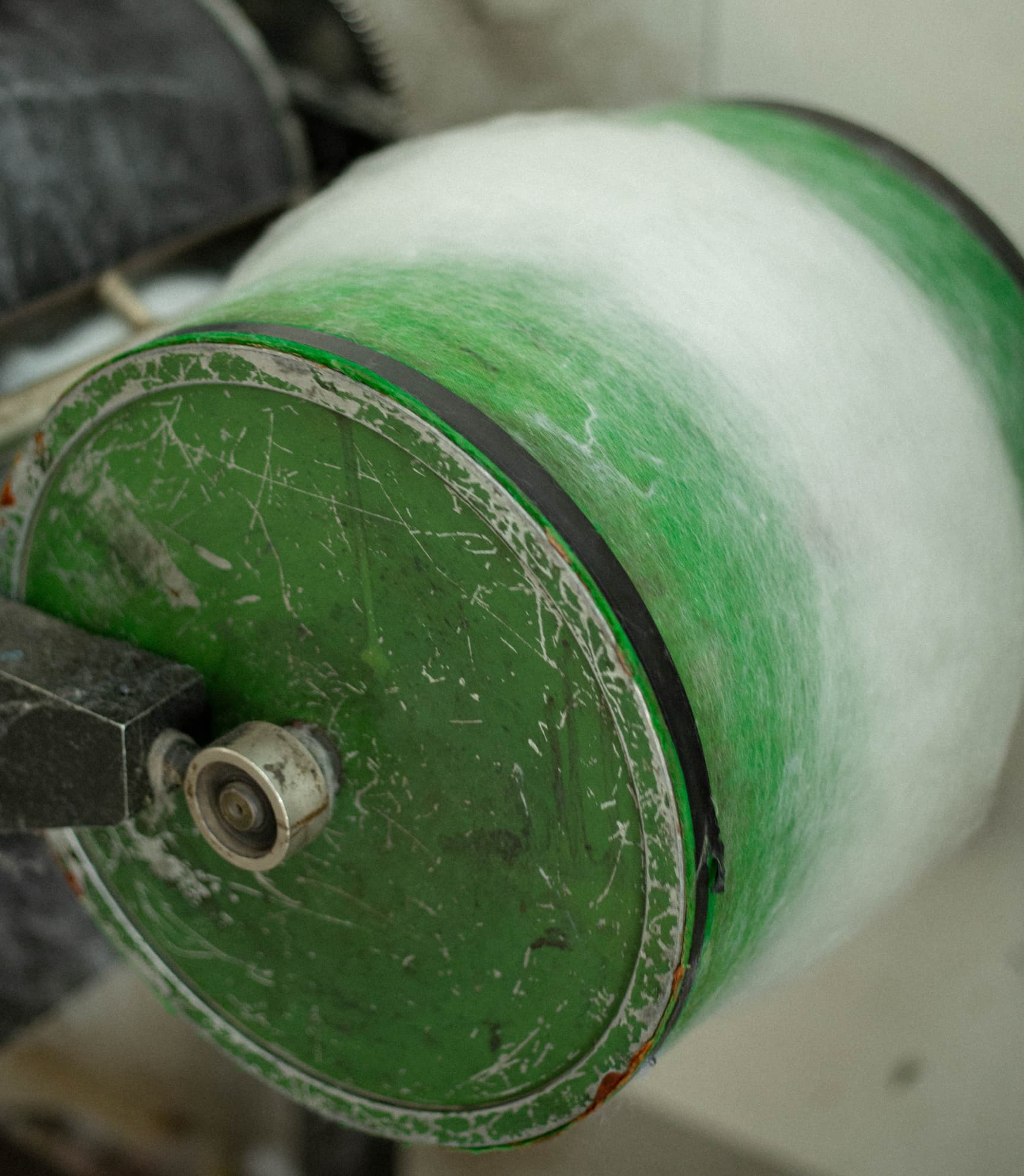
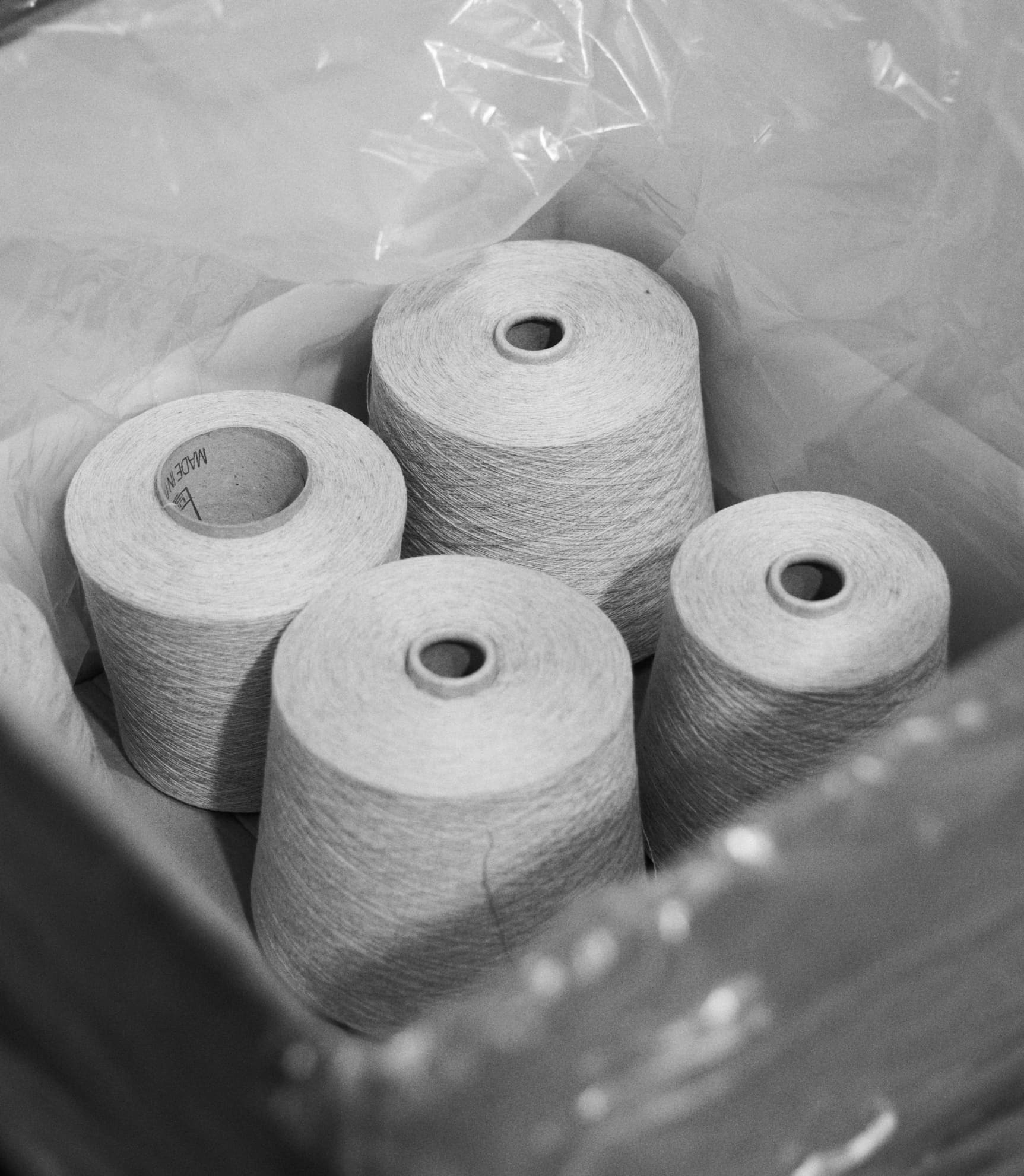
Where it comes from
Our own cashmere is combed and spun in Florence, Italy, by a family-owned yarn manufacturer with over 40 years of experience in combed fibers. Their work combines traditional craftsmanship with modern production standards.
Find out more about our artisanal cashmere spinners, Linsieme, here.
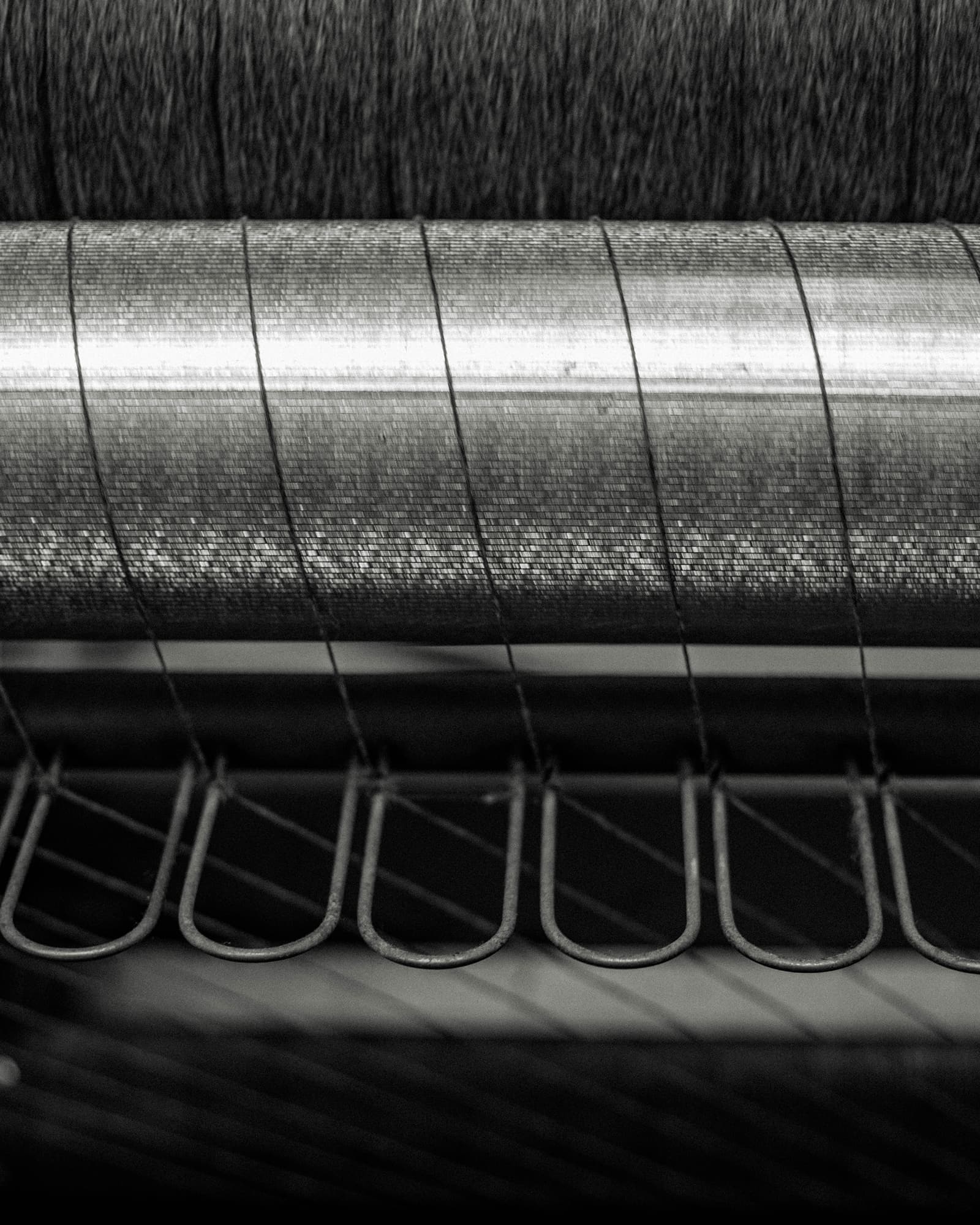
The challenge with “cheap” cashmere
In recent years, fast-fashion cashmere has flooded the market – often made from recycled or chemically softened fibers that initially feel plush but degrade quickly. These shortcuts sacrifice durability for instant gratification. Over time, garments lose their shape, pill heavily, and shed their surface softness.
We take a different approach. By using 100% virgin cashmere – with no synthetics, elastane, or blended fibers – we preserve the natural hand-feel and long-term resilience that make the fiber special in the first place.

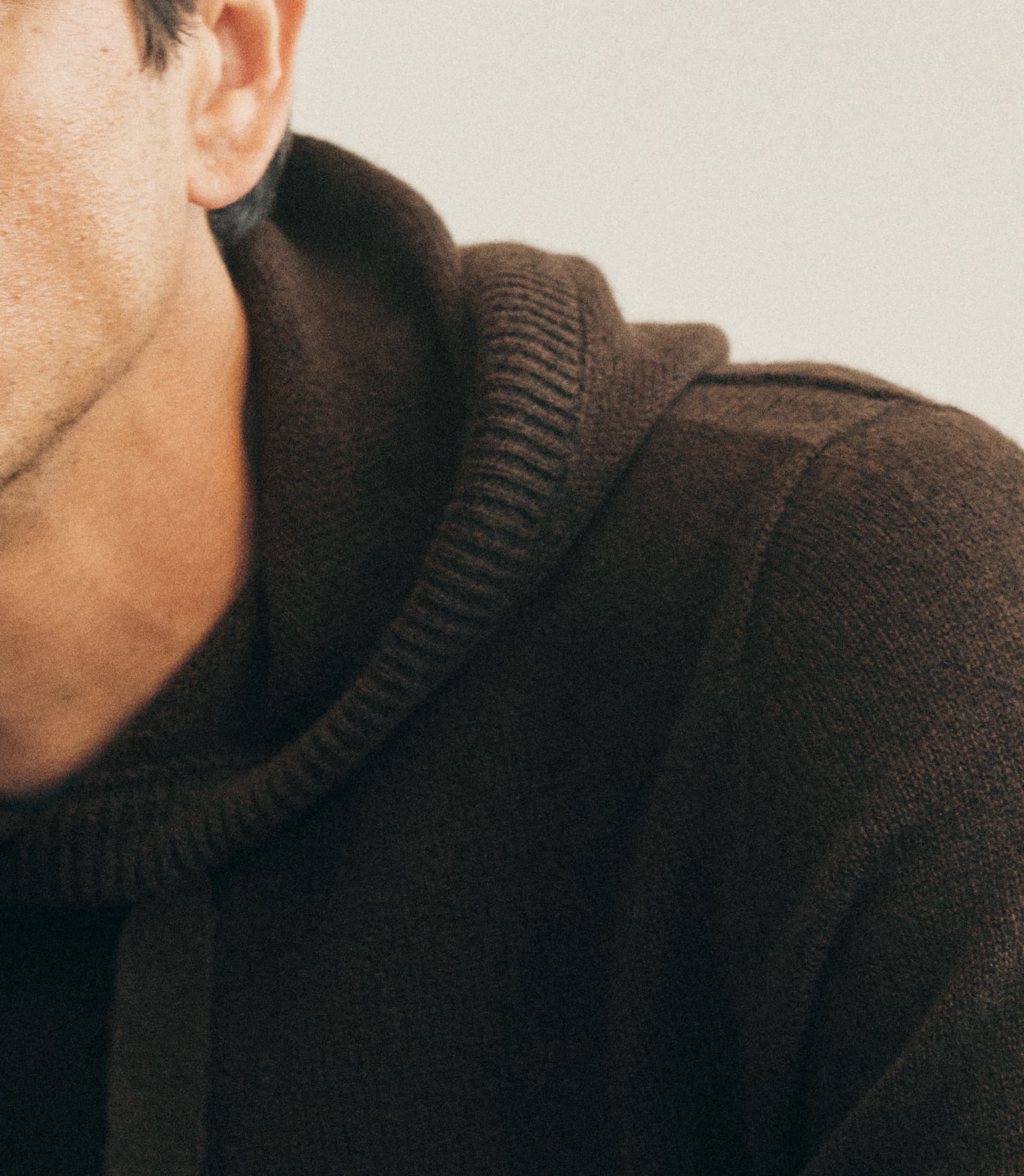
How we use it
We use pure cashmere across our most premium knitwear lineup: the Cashmere Sweater, Half-Zip, Hoodie, Scarf, and Beanie. Each piece is designed as an investment in timeless quality, balancing softness and structure through careful yarn selection and tension control.
Once spun, our yarn is knitted and finished in Portugal using 3D knitting technology, producing seamless garments with less than 1% production waste. The result is knitwear that feels indulgent yet durable – soft where it matters, structured where it counts.







Made to last
At Son of a Tailor, cashmere represents more than luxury – it’s the culmination of material integrity, craftsmanship, and patience. Our approach is simple: make less, make better, and make it personal. Every piece is designed to feel lived in from the first wear – and to keep feeling right for years to come.
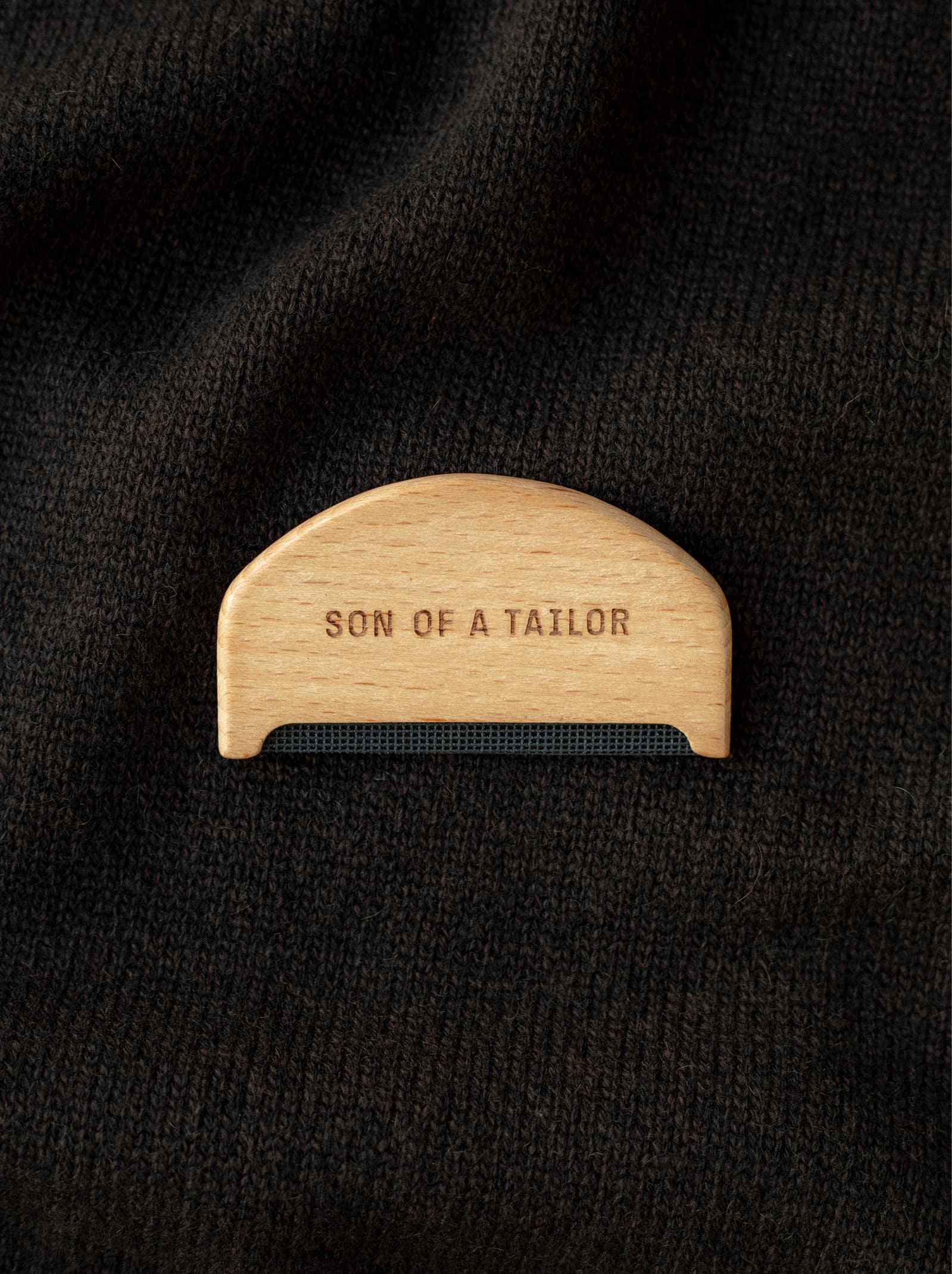
Cashmere rewards care. With occasional airing and gentle washing, it becomes even softer over time while retaining its strength and shape. It’s a material that matures – not one to rush or replace.
With your first cashmere purchase, you’ll receive a small comb to gently remove pilling and keep your garment looking fresh.

Pick up your cashmere garment here (note: products are limited), and get to know our other materials in 101 guides on Supima Cotton and Lyocell.


